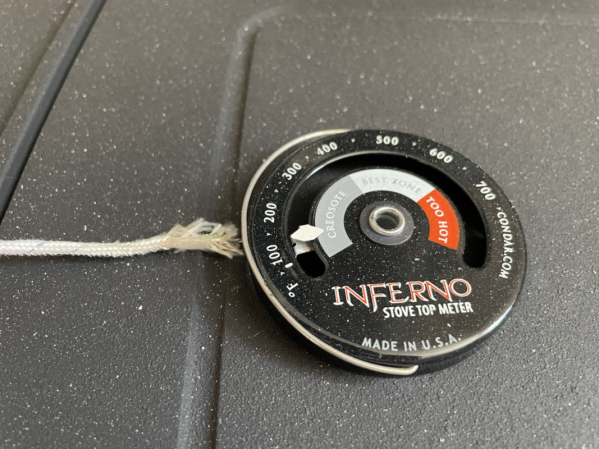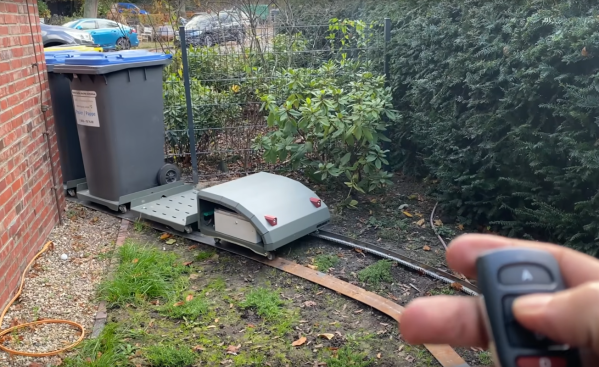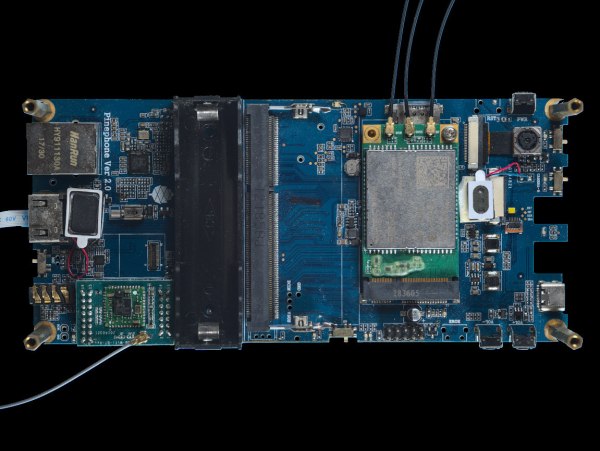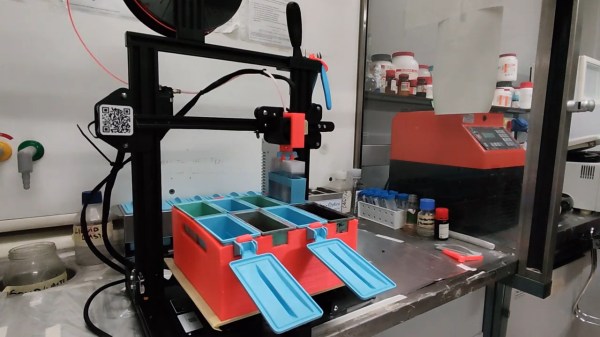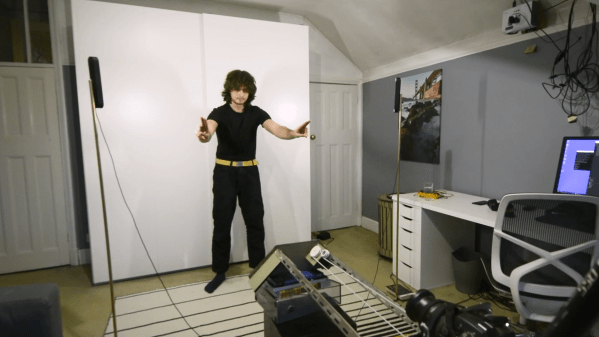Burning wood, while not a perfect heating solution, has a number of advantages over more modern heating appliances. It’s a renewable resource, doesn’t add carbon to the atmosphere over geologic time scales like fossil fuels do, can be harvested locally using simple tools, and it doesn’t require any modern infrastructure to support it. That being said, wood stoves aren’t something that are very high-tech and don’t lend themselves particularly well to automation as a result, at least with the exception of this wood stove from [jotulf45v2].
While this doesn’t automate the loading or direct control of a modern pellet stove, it does help [jotulf45v2] know when the best times are for loading more wood into the stove and helps keep the stove in the right temperature range to avoid the dangerous formation of creosote on the inside of his chimney caused by low temperature burns. Two temperature sensors, one on the stovetop and the other on the stove pipe, monitor the stove exhaust temperature. They feed data to a Node-RED system running on a Raspberry Pi which automatically notifies the user by text message when certain stove temperatures are reached.
For anyone heating with wood, tools like this are indispensable to help avoid spending an otherwise unnecessary amount of time getting a fire up to temperature quickly without over-firing the stove. Modern pellet stoves have some more modern conveniences like this built in, but many of the perks of using cord wood are lost with these devices. There are plenty of other ways to heat with wood too; take a look at this custom wood boiler which serves as a hot water heater.

